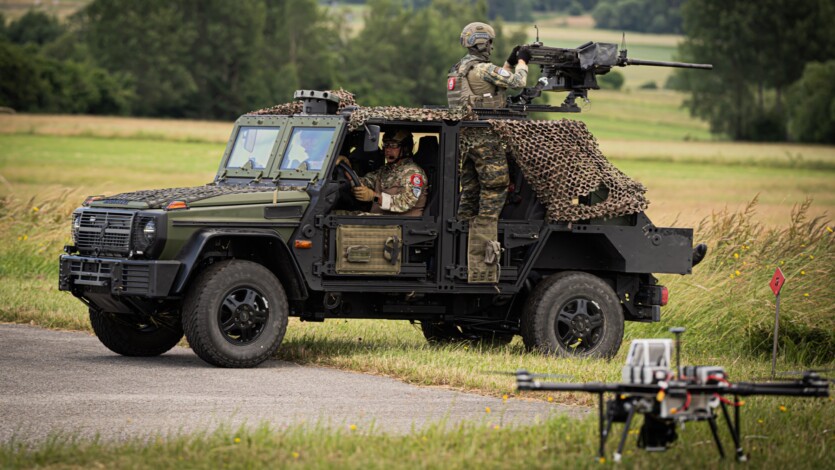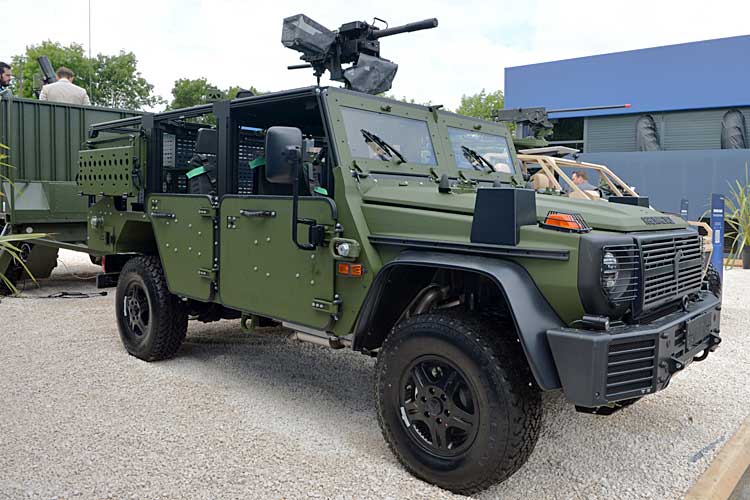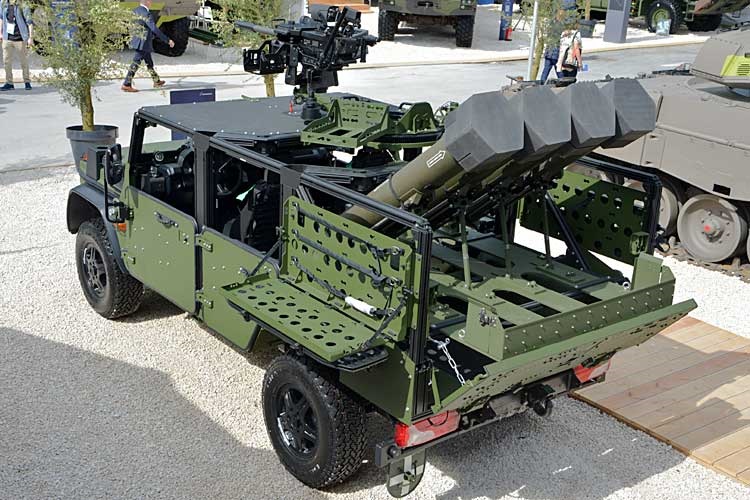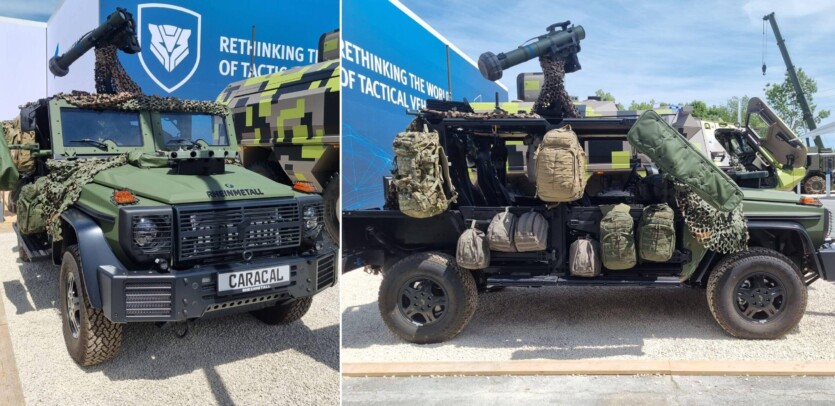
At the beginning of 2025, the German concern Rheinmetall began mass production of Caracal tactical off-road vehicles. The Armed Forces of Ukraine were the first to test the new development of the European defense industry. We will tell you what features Caracal airborne assault vehicles have and how many of them Germany has already delivered to Ukraine.
What is Caracal, and how much will Ukraine receive?
In November 2023, Rheinmetall issued a press release announcing plans to provide Ukraine with five new Caracal armored personnel carriers in late 2023 and early 2024. In February of this year, the German Aid to Ukraine project reported that «the total number of Caracals transferred to the Armed Forces of Ukraine has reached 20, and five more vehicles will be delivered in the near future.» And on May 23, 2025, one of them appeared in a photo of the Ranger Special Operations Forces regiment.
The Caracal is a new light airborne assault vehicle that will become the main vehicle of the German and Dutch airborne forces from 2025. The manufacturer is expected to deliver up to 3,058 Caracal airborne platforms, including 2,054 for the German Army and 1,004 for the Dutch Army, under a multi-year framework contract worth €1.9 billion.
The vehicle is based on the commercially available G-Class chassis from Mercedes-Benz, which should ensure easy repair and easy procurement of spare parts throughout its 20-year service life. It provides a wide range of capabilities, from simple troop transportation, rescue, and sanitation to combat missions. But it is primarily designed for airborne missions and special forces.
Rheinmetall notes that compactness, manoeuvrability, and speed give Caracal combat vehicles high mobility, while low signature combined with scalable protection and the ability to install various weapon options allow them to dominate the battlefield.
Features of Caracal airborne assault vehicles
The Caracal family of light airborne assault vehicles is based on the new all-wheel drive chassis of the G-Class 464 series. The vehicle is equipped with a 249 hp six-cylinder diesel engine with 600 Nm of torque and can reach speeds of up to 140 km/h. With a weight of 2900 kg, it can carry up to 2000 kg of cargo. But despite its power, it remains one of the most compact in its class, measuring just 4.73 m long, 1.81 m wide and 1.85 m high.
Thanks to all-wheel drive and a new generation nine-speed automatic transmission, the Caracal has good off-road performance that allows it to overcome slopes of up to 60%, trenches 0.5 meters wide and water depths of up to 0.7 meters. Another advantage of the platform is the ability to use a 4×4 or 6×6 chassis in different versions with the ability to tow a trailer weighing up to 2 tons.
The Caracal has an open-roof design and can accommodate up to five soldiers. At the top of the vehicle is a universal weapon mount that can be used to mount a 12.7 mm M2 Browning machine gun, an automatic grenade launcher, or a smaller machine gun. The rear part of the vehicle serves as a cargo compartment.
One of the main features of the German «cat» is the modularity of the superstructure, which allows for the placement of various equipment for a wide range of tasks. The passenger cabin can be easily converted into a cargo platform, adapted to transport the wounded or for engineering tasks, or even turned into a launcher for Hero-120 attack drones, as shown in the photo above.
A standard feature of military off-road vehicles is the Rosy smoke protection system, which provides protection against sudden attacks and ambushes. Unlike conventional smoke systems, Rosy can create dynamic curtains within a second, providing 360° protection and shielding the vehicle in the optical and infrared spectrums.
The lightweight design makes Caracal suitable for air transportation in the cargo hold of airplanes or on the external suspension of helicopters. To ensure the safety of the crew, the machine can be equipped with modular protective elements in the doors and under the floor, which allows it to achieve ballistic protection level 1 according to STANAG 4569.
Technical characteristics of the Caracal airborne vehicle
| Dimensions | |
| Length | 4735 mm |
| Width | 1810 mm |
| Height | 1850 mm |
| Weight | |
| Vehicle weight | 2900 kg |
| Load capacity | up to 2000 kg |
| Passability | |
| The angle of the surface | 60% |
| Lateral tilt angle | 30% |
| Depth of the ford | 750 mm |
| Height of the obstacle | 330 mm |
| Trench cross section | 500 mm |
| Engine | |
| Manufacturer | Mercedes-Benz |
| Type |
6-cylinder, diesel |
| Power | 249 hp. |
| Torque | 600 N·m |
| Speed | 140 km/h |
| Protection | |
| Ballistic protection |
STANAG4569; AEP-55 Vol.1 |
| Mine protection |
STANAG4569; AEP-55 Vol.2 |






Spelling error report
The following text will be sent to our editors: